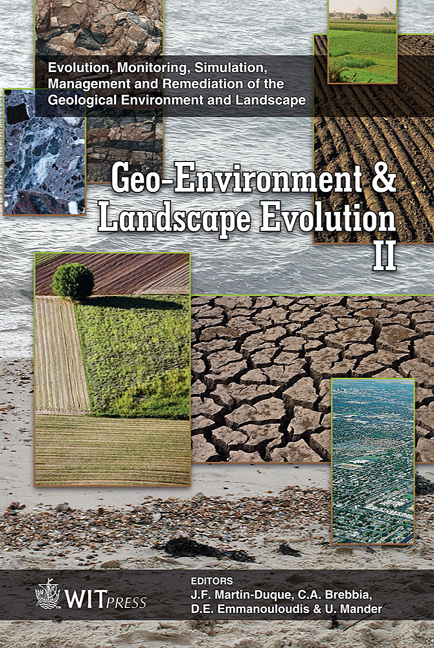Decreased Deposition Of Sulphate And The Responses In Soilwater At Estonian Integrated Monitoring Sites 1995–2004
Price
Free (open access)
Transaction
Volume
89
Pages
10
Published
2006
Size
453 kb
Paper DOI
10.2495/GEO060081
Copyright
WIT Press
Author(s)
J. Frey, K. Pajuste, K. Treier, Ü. Mander, P. Kask & T. Frey
Abstract
This paper presents the results of trend analyses of a ten-year study of deposition (throughfall+stemflow) and soilwater in two pine stands and a spruce stand (ICP IM areas). The reported decreasing trends of deposited sulphate and cations at the easterly located Saarejärve integrated monitoring area are in good agreement with the decline of SO2 and fly ash emissions in Estonia. At Vilsandi pine stand, which has the westernmost location and is under a marine influence, the decrease of sulphur deposition was comparable with that of the eastern Saarejärve pine stand. However, total base cation load in Vilsandi pine stand remained unchanged resulting in a decrease of throughfall acidity. At Saarejärv coniferous stands deposition of base cations decreased more than that of acid anions causing an increase in K leaching from canopies. A good accordance between sulphate decline in deposition and topsoil water was accompanied by base cation decline in soilwater under organic horizon at both IM areas. In podzolized soil at Saarejärve the decline of SO4 and base cations resulted in increased levels of total soluble Al. Keywords: deposition, throughfall, stemflow, pine and spruce stand, soilwater, sulphate, cations, aluminium, trend analyses. 1 Introduction Predominant sources of SO2 and particle emission in Estonia are four large oilshale- based thermal power plants and chemical industries in the Northeastern region. Oil shale mining and combustion accounted for about 81% of total
Keywords
deposition, throughfall, stemflow, pine and spruce stand, soilwater, sulphate, cations, aluminium, trend analyses.





